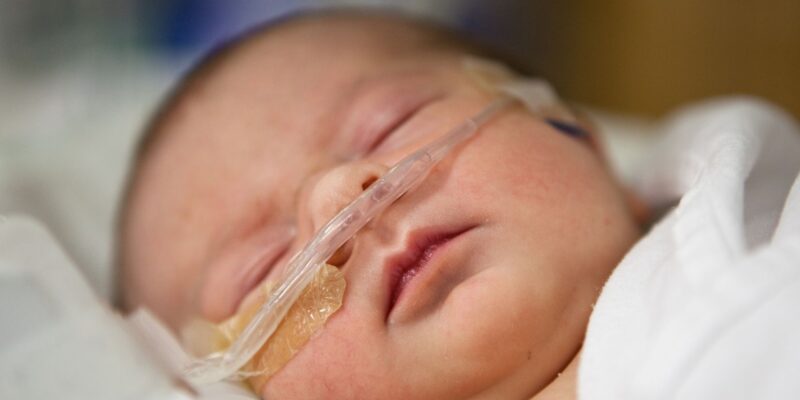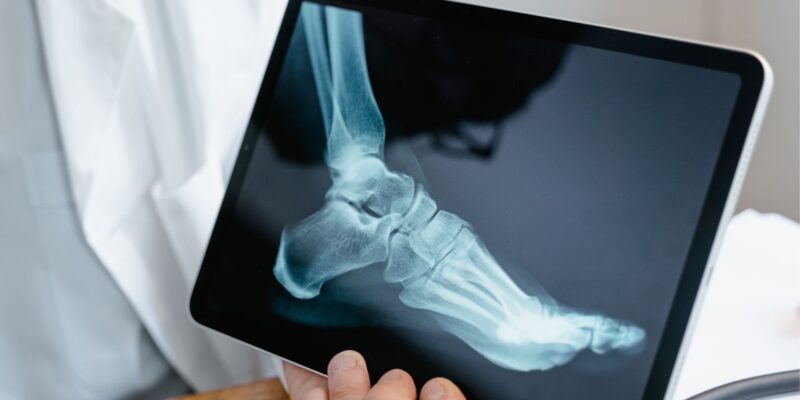
X-linked Hypophosphatemic Rickets
X-linked hypophosphatemic rickets is a disease that is usually inherited as an X-linked dominant trait. It is a metabolic disorder in which the body has low levels of phosphate and bones do not develop normally. Symptoms of X-Linked Hypophosphatemic Rickets…

White – Sutton Syndrome
White – Sutton Syndrome is a rare genetic disorder that often leads to orthopedic problems. It usually affects bone development and is characterized by a number of physical features. White – Sutton Syndrome is extremely rare. Its exact prevalence is…

SMA (Spinal Muscular Atrophy)
Spinal Muscular Atrophy (SMA) is a genetic disorder that causes muscle weakness and atrophy as a result of the loss of motor neurons in the spinal cord. Motor neurons are nerve cells that control muscle movement and their loss of…

Sacral Agenesis
Sacral agenesis refers to the complete or partial absence of the lower part of the spine called the sacrum. This condition usually occurs during prenatal development and affects the development of nerves and tissues in the lower part of the…

Rett Syndrome
Rett Syndrome is a genetic neurodevelopmental disorder that occurs mainly in girls. It usually starts to show symptoms between 6 and 18 months. The disease is usually caused by a mutation in the MECP2 gene. Rett Syndrome is a rare…

Prader-Willi Syndrome
Prader-Willi Syndrome is a genetic disorder and is characterized by symptoms such as short stature, low muscle tone, eating disorders and mental retardation. This syndrome is associated with abnormal development or dysfunction of the hypothalamus. Prader-Willi Syndrome is a rare…

Multiple Hereditary Exocytosis
Multiple hereditary exocytosis is a genetic disorder associated with abnormal function of the adrenal glands, which affects the development of bones. This can affect the growth and structure of bones. Multiple hereditary exocytosis is a rare disease, with an actual…

Multiple Epiphyseal Dysplasia
Multiple Epiphyseal Dysplasia (MED) is a genetic disorder of bone development. The condition is characterized by abnormal development of growth plates known as epiphyseal plates. The epiphyseal plates are the cartilaginous tissue at the ends of long bones that allow…

Mucopolysaccharidosis (MPS)
Mucopolysaccharidosis (MPS) is a rare lysosomal storage disease characterized by a deficiency or disorder of an enzyme that causes glycosaminoglycans (GAGs) to accumulate in the body. This can lead to abnormal development and function of bones and joints. Mucopolysaccharidosis (MPS)…

McCune-Albright Syndrome
McCune-Albright Syndrome is a rare genetic disorder. It is characterized by fibrosis of the bones (accumulation of fibrotic tissue) and blemishes on the skin, as well as hormonal disorders affecting the endocrine system. McCune-Albright Syndrome is a rare disease and…

